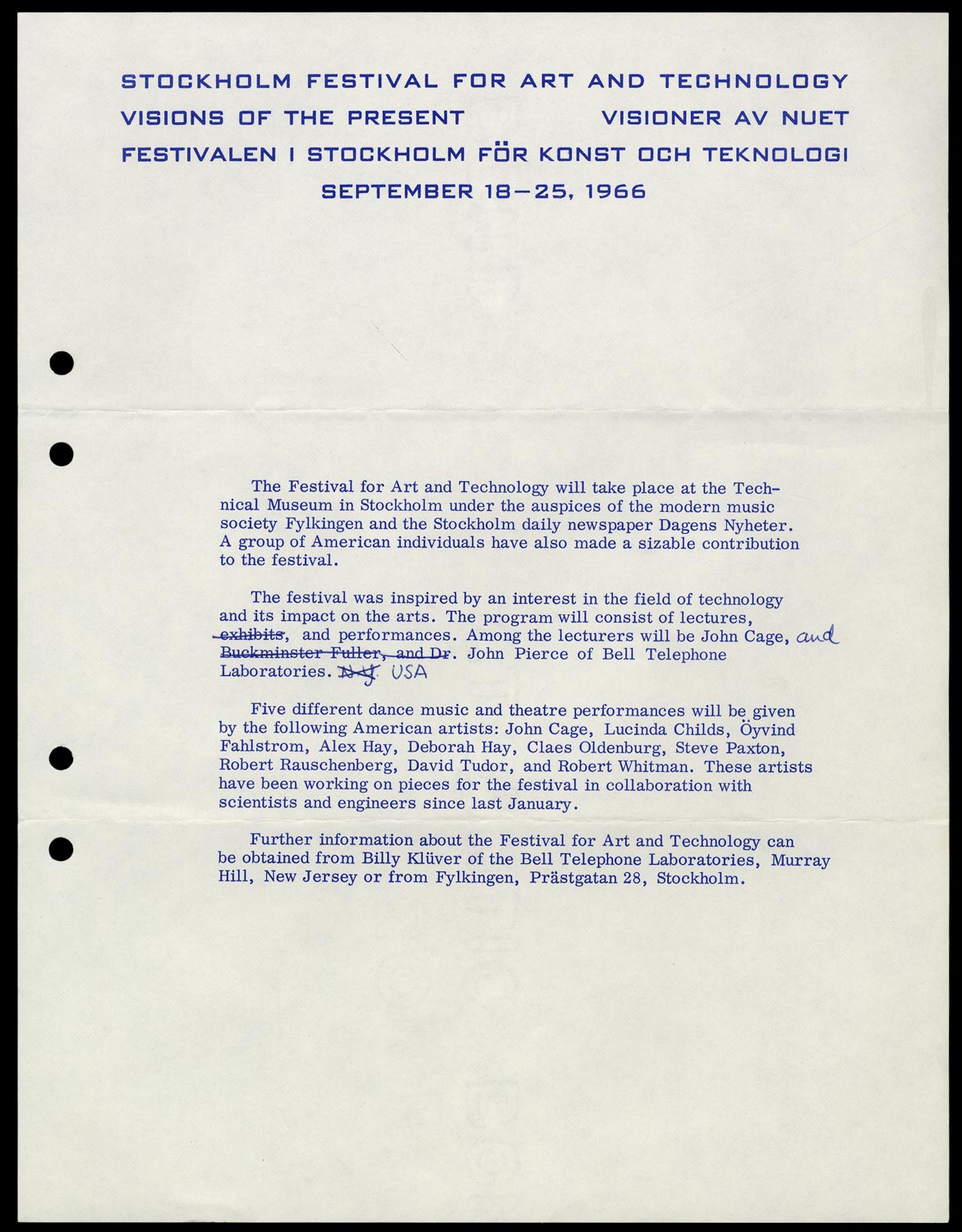


Visions of the Now, an international festival and congress on the subjects of art and technology, will take place at Fylkingen in Stockholm on May 24–26, 2013.
New values are being created as a consequence of the rapid pace of technological progress. Through the filters of art, technology and the future, we will investigate where the ‘now’ is situated, while focusing on the impact of technology on humanity, society and artistic practice.
Visions of the Now is a reconsideration of the 1966 festival and congress Visioner av Nuet, which was initiated by Fylkingen and held at Tekniska Museet in Stockholm. This updated version takes place nearly half a century later, in a world that is fully immersed in the technology that in 1966 was still called ‘the new’. What are our visions of the present — now, and what do we imagine for the future?
This occasion brings together a group of international artists, musicians, theorists and scientists to perform real-time research on the now, in lectures, panels and open discussions under the themes: Technology, Values, Image, Music, Language and Environment. The festival will also manifest the interplay between art and technology — at this exact moment in time — with new art and music performances, sound pieces, installations and screenings.
We hope to see you at Fylkingen on May 24!
Yours sincerely,
Anna Lundh

32013 Years of Aurora Evolution, mixed media installation by artist Katja Aglert.
C.A.R. (Call and Response), a hack concept designed to identify & address real problems in the arts, especially created for the festival.
The 2 day hack will be hosted at EMS studios and presented at Visions of the Now on Sunday the 26th.
www.callandrespon.se
Ringa en klocka / Ring a Bell
+46 10 138 83 82
by lucky dragons
Glimpses of our Knowledge was a slide show installation, shown continuously at Visioner av Nuet in 1966, and consisted of ‘images of space, technical advancements, examples of scientific illustrations from different times, different aspects of our knowledge — from old scripts and early hypotheses about the planetary system — to modern photographs of stars and of elementary particles, obtained by CERN’.
Visions of the Now presents an updated and reconsidered 2013 version of this slide show — a physical archive of these glimpses of the Now, no matter the source. Images created or selected by: João Enxuto & Erica Love, Leah Beeferman, Jacob Gaboury, Hannah Heilmann, Benjamin Fallon, Phillip Stearns, Anna Lundh + more.
Lament IV: Sand and Silt, video with sound by Phillip Stearns.
Moving entrances, taking out doors and modifying paths: YKR/JZ alte rs the space to initiate the process of Fylkingens upcoming reconstruction.
ETC Mix (Summer of 2011), video with sound by Kristin Lucas.
Computer Music in Historical Order, 1959 — to the present (1966) Selected by John R. Pierce for Visioner av Nuet, 1966.

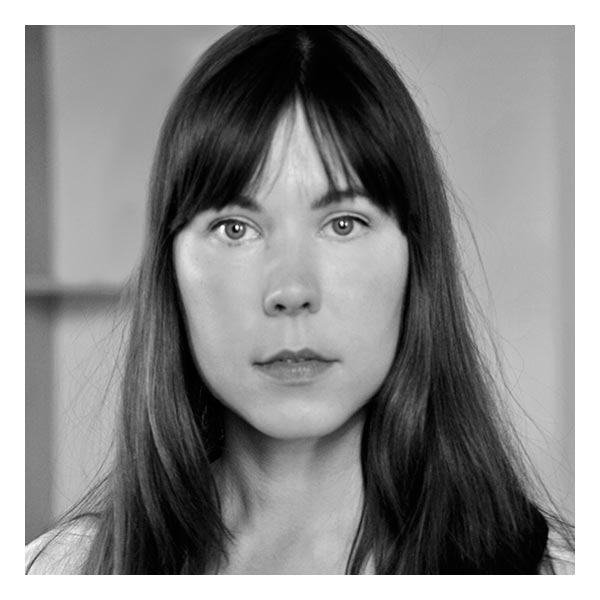
Performance:
The Tale of the Big Computer, Friday the 24th.
An investigation into a future vision, computers, opera, composers, scientists, pseudonyms, a sudden death, art, technology and the origins of Visions of the Now.
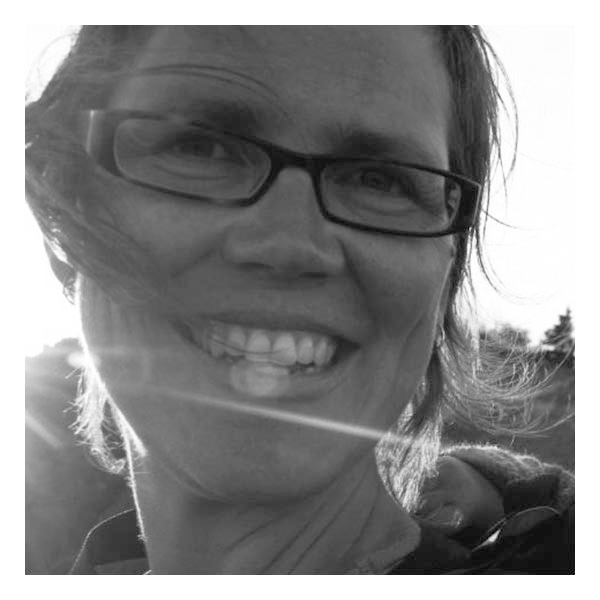
Lecture:
Bodies of the Now: Feminist Values in Posthuman Times, Saturday the 25th, with Cecilia Åsberg.
We are of a fast changing world, where bodies are not what they used to be. In this post-conventional dialogue, bodies of water will meet organs without bodies; Alzheimer’s bodies share a lab bench with terrorist bodies, while climate bodies stir the air, and alien bodies haunt our dreams. Old and new feminist takes on our posthuman condition will turn up familiar monsters, surprising affinities, and helpful hints for living up to the promise of bodies of the now. What bodily matter(s) accrue value, and why? What are we breaking down, and what are we building up again?
.jpg)
Panel participant
Language, Sunday the 26th.
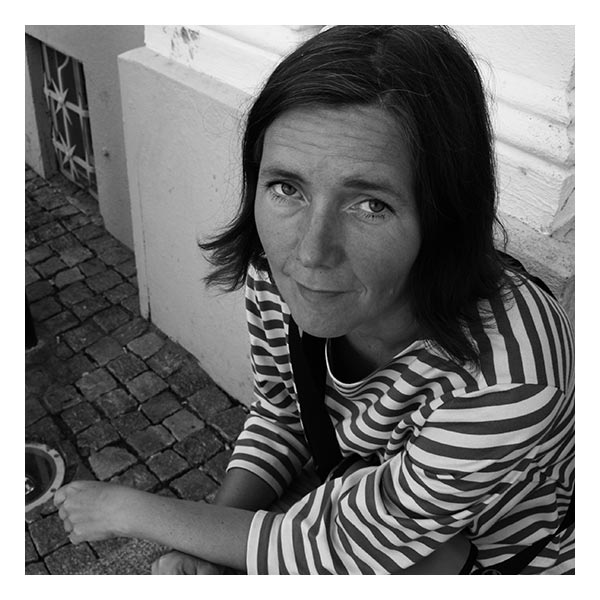
Her current research on The Architecture of Deregulations: Postmodernism and Politics in Swedish Building 1975–1995, centres on how the so-called postmodern shift refers to the dismantling of the Welfare state and coeval neoliberal transformations.
Panel participant, Environment, Sunday the 26th.
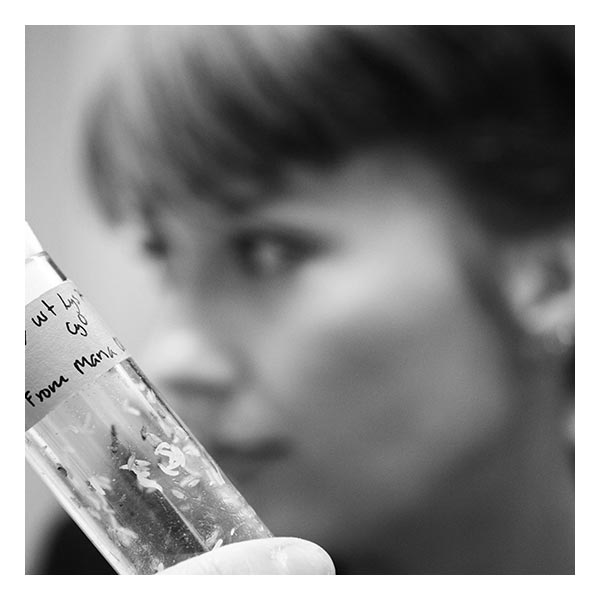
One of the co-directors of a Swedish centre for Gender Excellence (GEXcel International Collegium), she is also the founding director of the research platform The Posthumanities Hub.
Lecture:
Bodies of the Now: Feminist Values in Posthuman Times, Saturday the 25th, with Astrida Neimanis.
We are of a fast changing world, where bodies are not what they used to be. In this post-conventional dialogue, bodies of water will meet organs without bodies; Alzheimer’s bodies share a lab bench with terrorist bodies, while climate bodies stir the air, and alien bodies haunt our dreams. Old and new feminist takes on our posthuman condition will turn up familiar monsters, surprising affinities, and helpful hints for living up to the promise of bodies of the now. What bodily matter(s) accrue value, and why? What are we breaking down, and what are we building up again?
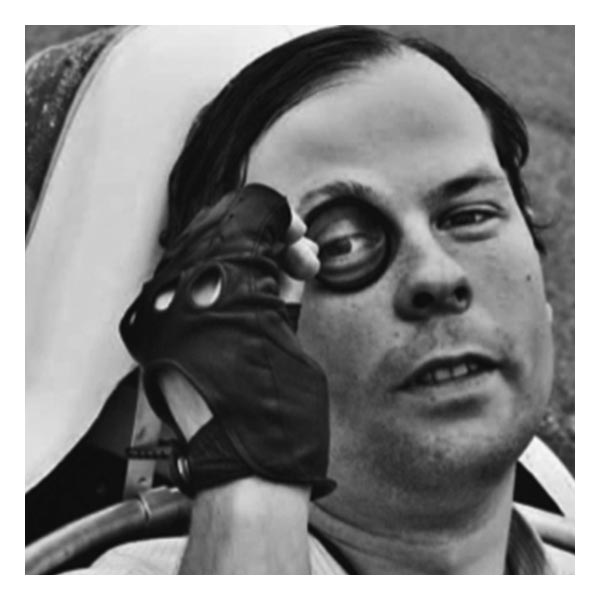
Goodiepal will bike to Stockholm in his velomobile called the Kommunal Klon Komputer 02, and will perform his concert on Saturday the 25th.
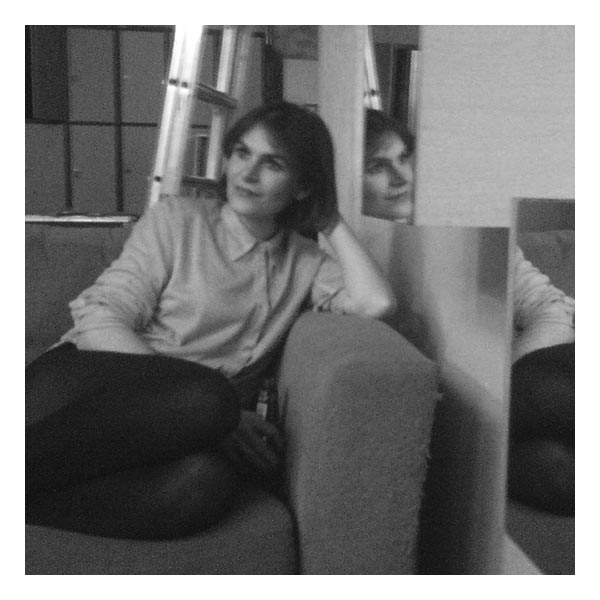
Ongoing projects: The Sensuous Society, Sisters Academy and In100Y.
Lecture:
Sensuous Society, Saturday the 25th.
In her talk, Gry Worre Hallberg draws from the aesthetic dimension as a source of inspiration to inform the dawning world: The Sensuous Society.
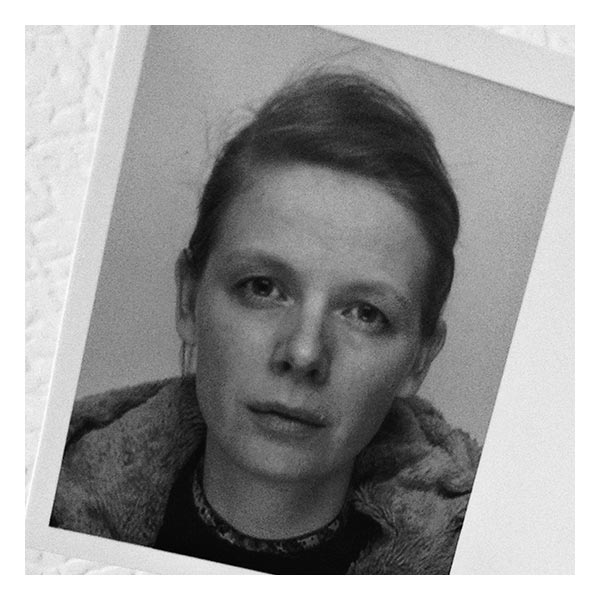
Performance:
It Wasn't Like That, It Was Like This, Saturday 25th.
It Wasn't Like That, It Was Like This combines performance, installation and video manifesting the absence of the body and the space forsaken once you have entered the existence of one who has checked emails for 100 years, existing essentially in a past-in-the-future world.
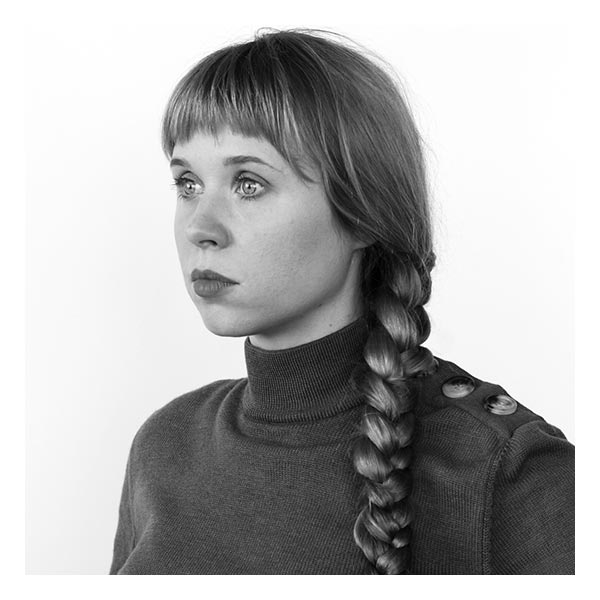
Performs a special multi-channel music set on Saturday the 25th.
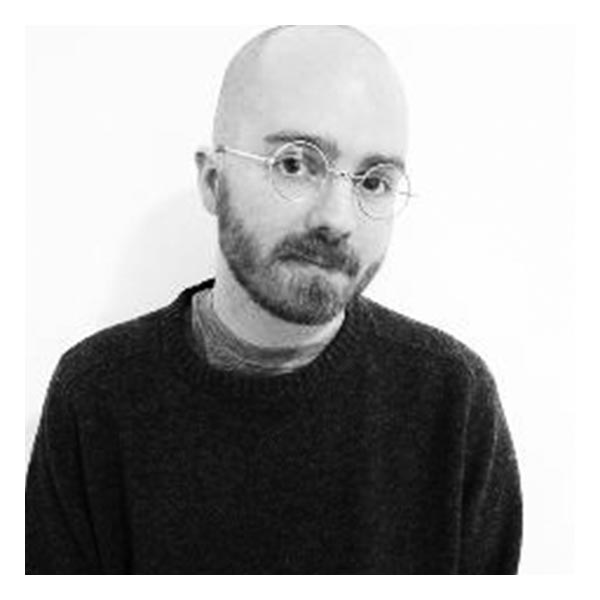
Gaboury is currently working as an instructor at New York University and as a staff writer for the art and technology organization Rhizome at the New Museum for Contemporary Art.
Lecture: The Electronic Picture, Saturday the 25th.
The talk explores the conflation of the digital image with physical objects, arguing that digitization is not limited to visual media forms. Rather, it is a process of simulation that structures a wide range of contemporary practices and has become the primary mode through which we reproduce our world.
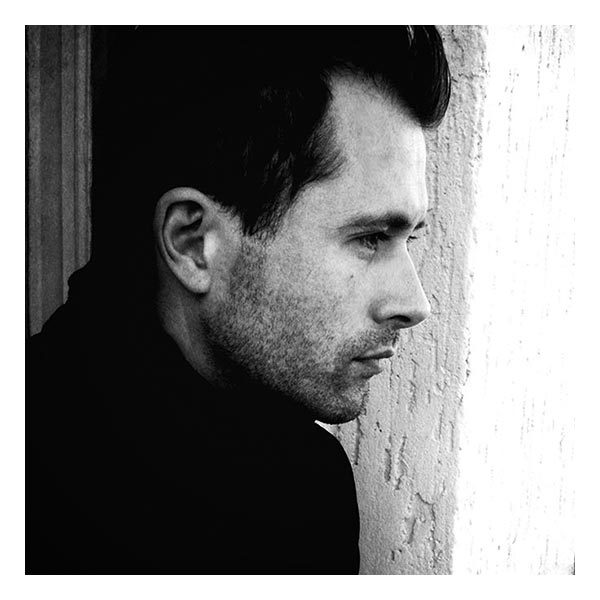
Based in Berlin, Germany, Kirkegaard is a graduate of the Academy for Media Arts in Cologne. Since 1995, Kirkegaard has presented his works at galleries, museums, venues & conferences throughout the world. His sound works are primarily released by the British record label Touch and he is a member of the sound art collective freq_out.
Performance: Labyrinthitis, on Sunday the 26th.
Labyrinthitis relies on a principle employed both in medical science and musical practice: When two frequencies at a certain ratio are played into the ear, additional vibrations in the inner ear will produce a third frequency. This frequency is generated by the ear itself: a so-called “distortion product otoacoustic emission” (DPOAE), also referred to in musicology as ‘Tartini tone’.
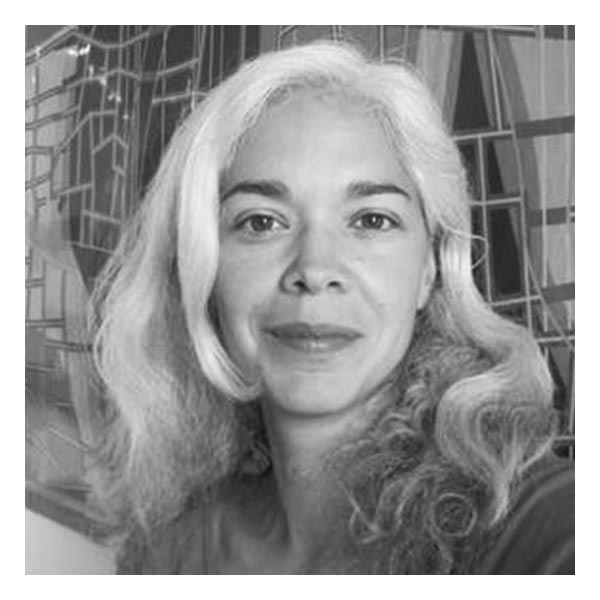
Lecture:
The Face and Race in Digital Art and the Public Sphere, Saturday the 25th.
How have digital artists since the 1990s tried to understand the role of visual representation in articulating relations of racial difference? How does an ethics of ‘the face’ play a role? What importance does ‘the face’ have in articulating notions of a public sphere on the internet?
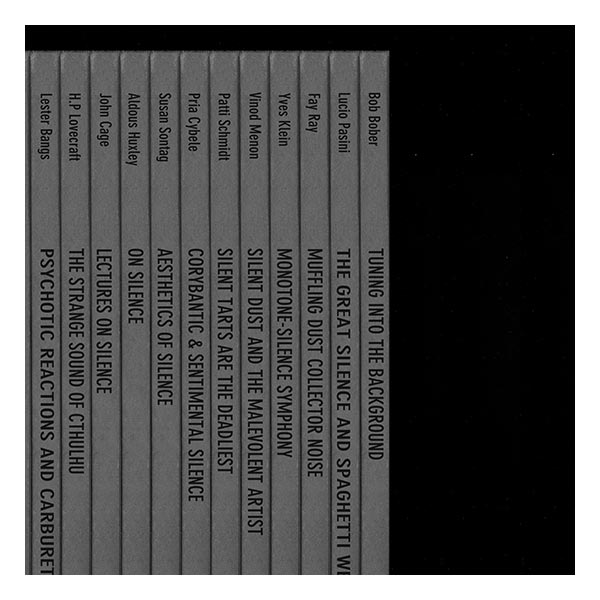
Jeuno JE Kim is the panel moderator for Visions of the Now.
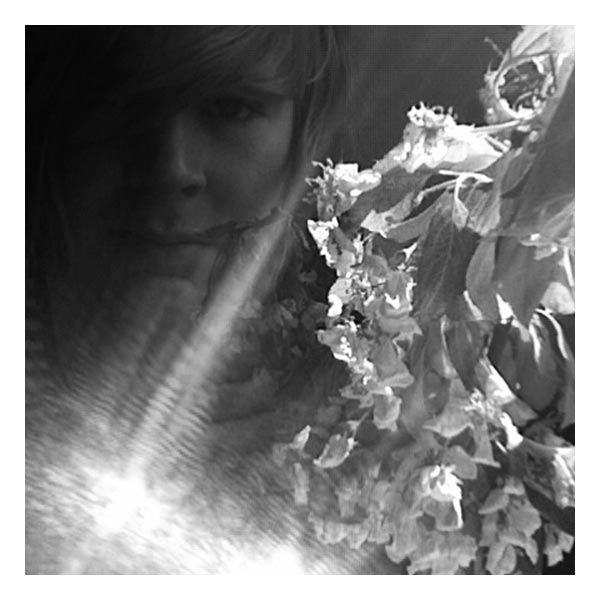
...prefers utopia to criticism.
...is obsessed with language and the voice.
...lives in Göteborg, Sweden.
...loves the feeling of thought and the thought of feeling.
...wants to understand why sounds give us pleasure.
Performance:
The Voice is False, Sunday the 26th.
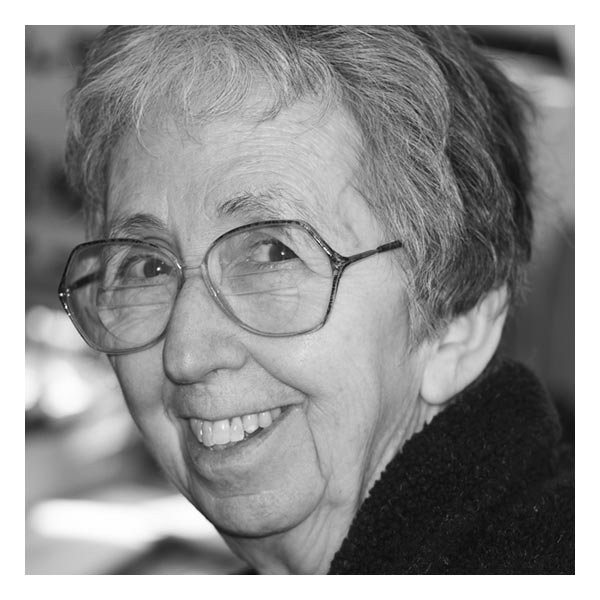
Lecture: 9 Evenings: Theatre & Engineering and the beginnings of E.A.T. on Friday the 24th.
Julie Martin’s lecture will talk about the history of the Stockholm Festival for Art and Technology and how it is connected to the famous 9 Evenings: Theatre and Engineering, coordinated by the Swedish engineer Billy Klüver in 1966.
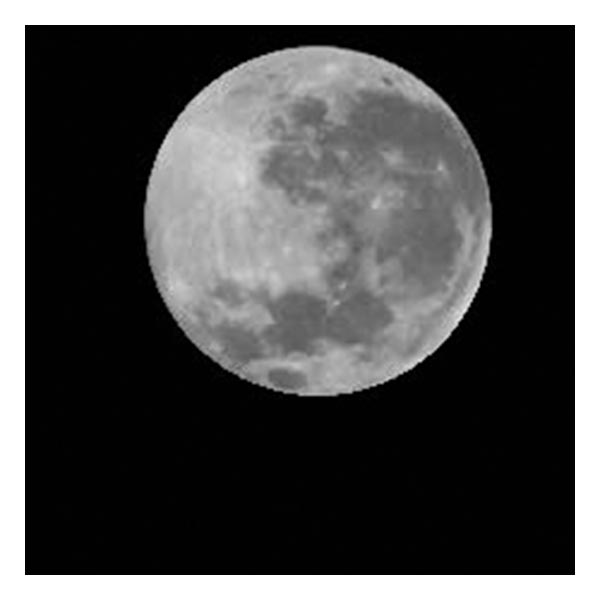
Performance: Stage for a Visionary Drama, Friday the 24th.
For Visions of the Now Katarina Elvén brings to a focus directions for the stage from expressionist and futurist plays, in the new performance: Stage for Visionary Drama, Friday the 24th.
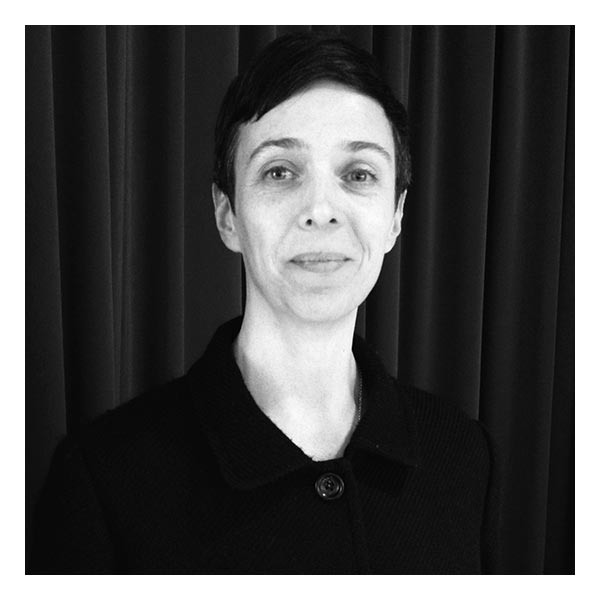
32013 Years of Aurora Evolution, a mixed media installation, is shown continuously during the festival.
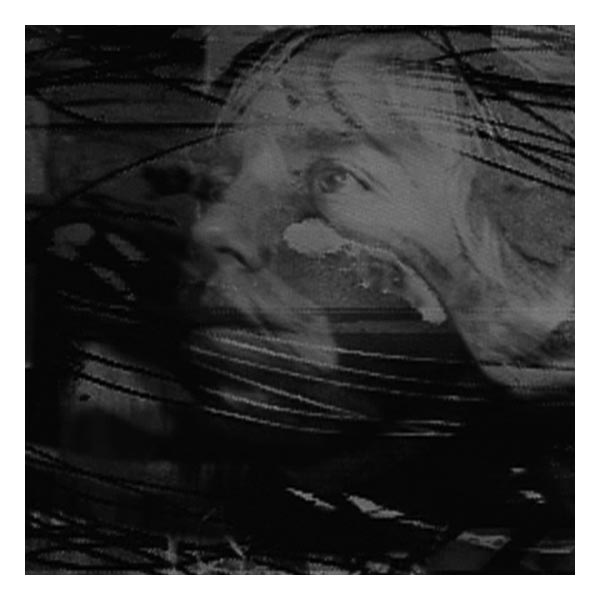
Performance:
Refresh Cold Read, Saturday the 25th.
A live cold reading of the Refresh transcripts between a phone-in guest reader cast by Kristin Lucas and a volunteer from the festival audience. The Refresh transcripts document an exchange that took place between Lucas and a Judge in name change court in 2007, when Lucas became the most current version of herself when she succeeded in legally changing her name from Kristin Sue Lucas to Kristin Sue Lucas in a Superior Court of California courtroom.

Lecture:
Art and Technology —
a brief discussion of some aspects of Aesthetic and Art theoretical nature. Saturday the 25th.
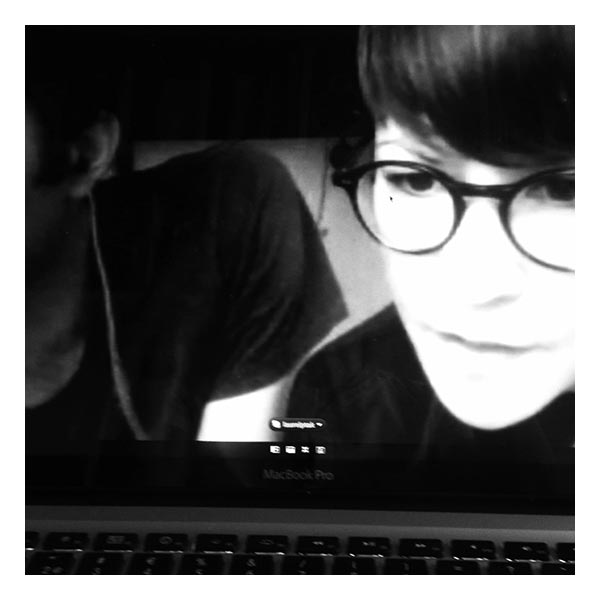
Presentation & discussion: Wages for Facebook, Saturday the 25th.
They say it’s friendship. We say it’s unwaged work.
With every like, chat, tag or poke our subjectivity turns them a profit.
They call it sharing. We call it stealing.
We’ve been bound by their terms of service far too long — it’s time for our terms.
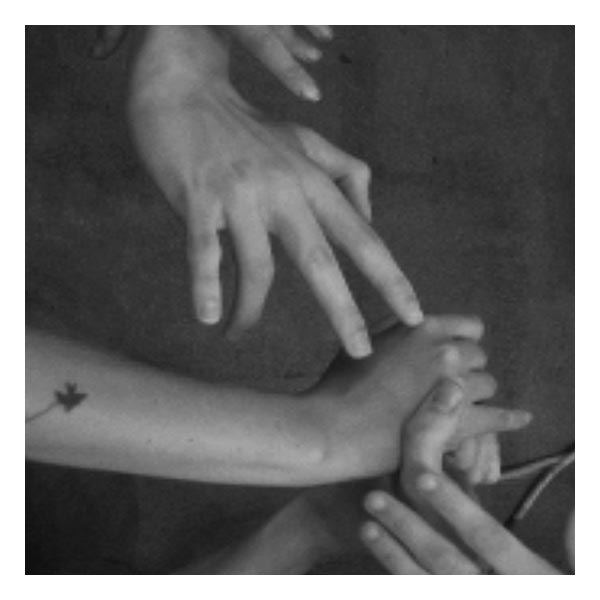
Performs Actual Reality in 3 parts, Friday the 24th. Actual Reality is a multi-media work that develops over the course of several iterations and forms–a scored performance, an improvised response, a piece of software, text, audio recording, a video in progress — each version processing and resynthesizing previous Actual Realities.
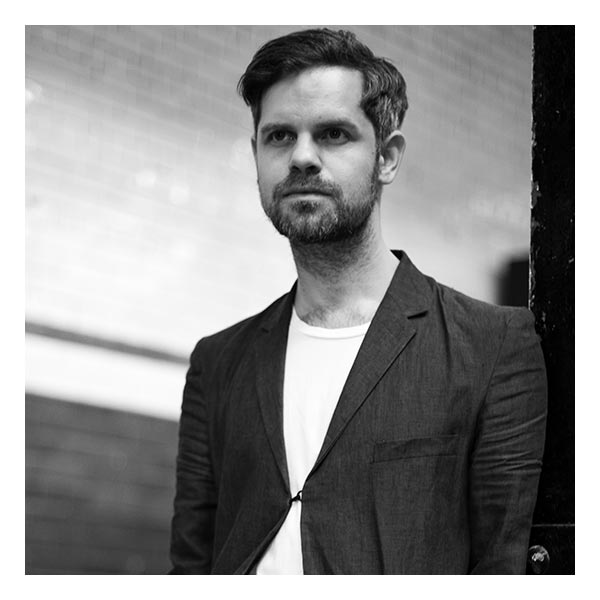
His TED Talk about the scheme has been translated into at least 25 languages and viewed by hundreds of thousands of people. Larsson’s latest proposition — for 100m+ timber skyscrapers — was presented in a scientific context at the WCTE conference in New Zealand in 2012.
His next publication is a chapter in Cities for Smart Environmental and Energy Futures, which will be published by Springer Verlag later this year.
Lecture: Architecture for the Materiomic Age, Sunday the 26th.
Making novel buildings from novel materials equals a reenginering of the medium of architecture itself — a design optimisation of an entire creative field. Architect Magnus Larsson investigates how the idea that the city is mankind’s greatest invention can be pushed to new levels, through the simple guiding principle of material intelligence.
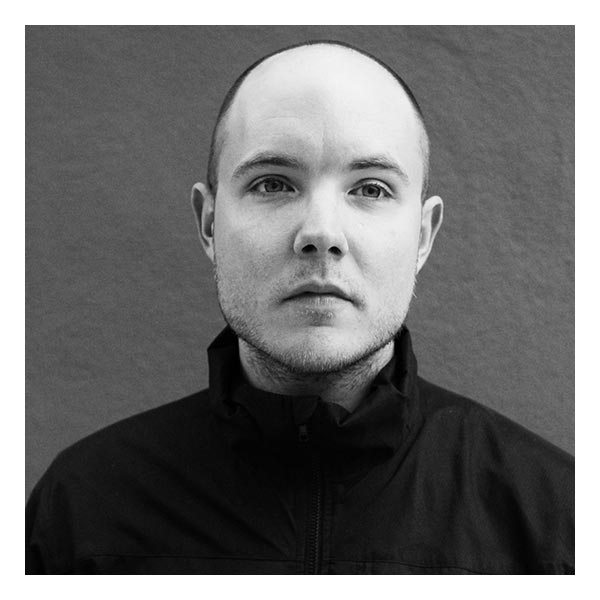
Visions of the Now presents C.A.R. (Call and Response), a hack concept designed to
identify & address real problems in the arts, especially created for the festival.
The 2 day hack will be hosted at EMS studios and presented by Matthew Dryhurst and
Holly Herndon, Sunday the 26th.
.jpg)
Lecture:
Technique of Living in the Future Society on Sunday the 26th.
‘Wrestling Rhinocerous beetles, singing with mussels and other lifestyle experiments exploring healthy, and biodiverse urban environments.’
www.ted.com/talks/natalie_jeremijenko_the_art_of_the_eco_mindshift.html
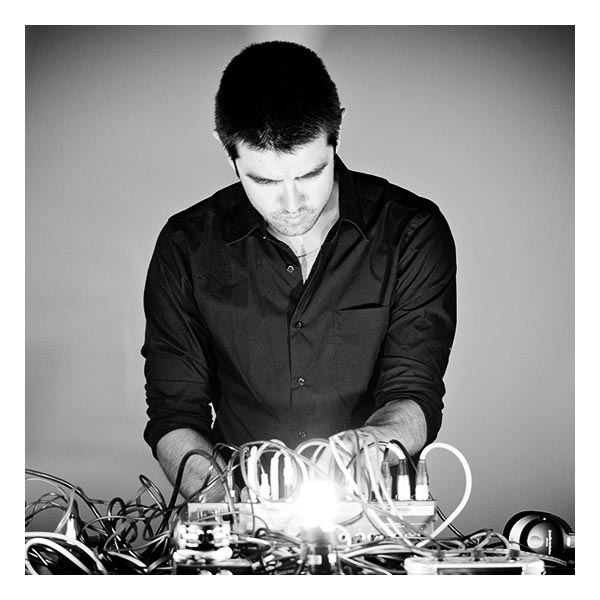
Video with sound: Lament IV: Sand and Silt.
The Lament series is a collection of video graphics work generated using only simple sine tones as both source and control signals. The wave form signifies a pure cyclical process, one that is intimately linked to the revolution of planets, their orbit about the sun, the changing of tides, and the topology of water in motion. Produced at the Experimental Television Center in Owego, NY.
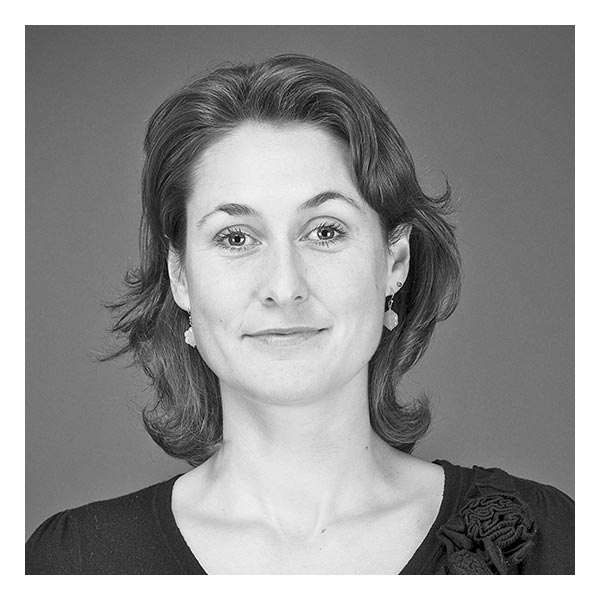
Lecture:
Visions of the Now — and Then, Sunday the 26th.
The talk will present some of the central issues in relation to the 1966 festival and discuss how they are of relevance to today's discussions on art and technology, utopia and media.
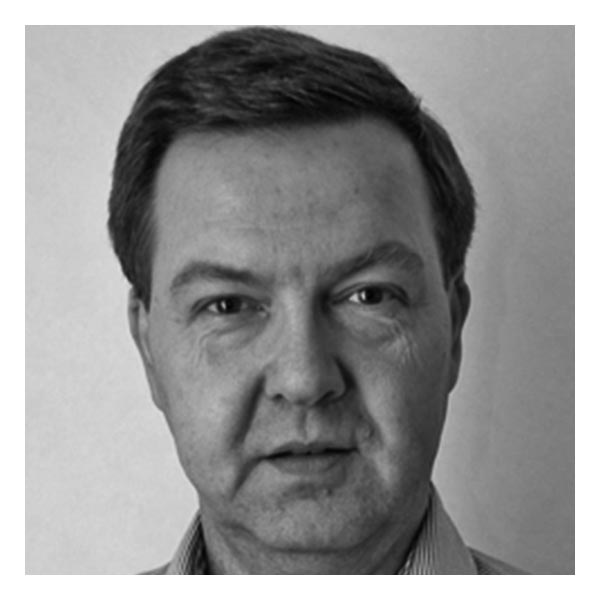
Lecture:
Vox ex Machina, Sunday the 26th.
Voice simulation was a coveted goal for the pioneering efforts in computer music composition, but the physics of the voice are very complex indeed. The many necessary simplifications tended to make synthetic voices sound, well, synthetic. Only now, more than fifty years on, do we dare to consider complete physics-based computer models of the voice, as in the EU-funded project Eunison presented here. The project will contribute to a deeper scientific understanding of the voice, and hopefully also to new vehicles for musical creativity.
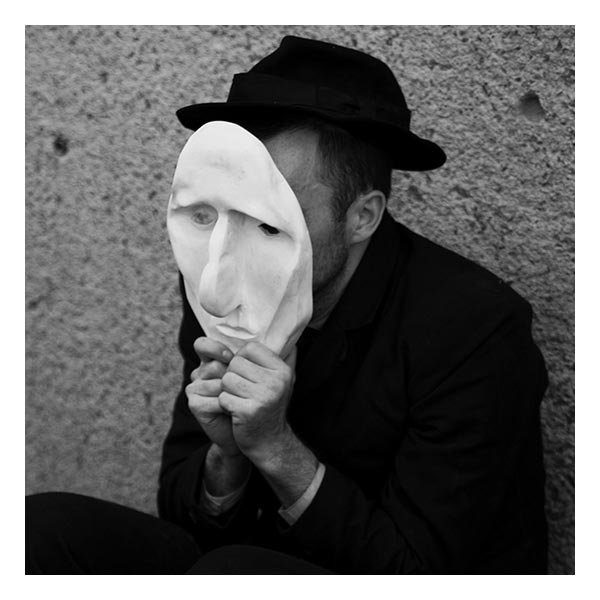
Tyler Coburn will be holding an off-site performance at Bahnhof — Pionen data center on the evening of Monday, May 27th. Seating is extremely limited, so please RSVP by Wednesday, May 22nd to imthatangel@visionsofthenow.com.
Presentation
I’m That Angel,on Sunday the 26th.

The 1966 festival Visioner av Nuet was initiated by Knut Wiggen, Chairman of Fylkingen, and was originally called ‘Stockholm Festival for Art and Technology’. Knut Wiggen had involved the Swedish engineer Billy Klüver, who worked at Bell Telephone Laboratories in New Jersey, in the project of exploring how artists could use the ‘new technology’, and what would happen if artists and engineers collaborated. Billy Klüver coordinated new performances by the New York artists Robert Rauschenberg, John Cage, David Tudor, Yvonne Rainer, Deborah Hay, Robert Whitman, Steve Paxton, Alex Hay, Lucinda Childs and Öyvind Fahlström, who collaborated with a group of engineers from Bell Laboratories. The group worked together for months, preparing the performances for what in New York was referred to as ‘The Stockholm Thing’.
But after conflicts between Fylkingen and the Klüver group (mostly due to financial and some technical issues, but arguably also because of unresolvable differences in mindset) the American contribution was cancelled last minute, leading the Americans to organize their own event — what became the now-famous 9 Evenings of Theatre and Engineering, held at the 69th Regiment Armory in New York in October 1966.
In Sweden the festival took place as planned from 19–25th of September 1966, called Visioner av Nuet. Even though it had lost the majority of its artistic acts, making it more of a congress than a performance event, it included prominent speakers such as Iannis Xennakis, Yona Friedman, Sven Fagerberg and Kostas Axelos, and also showed art and music works by artists like Alvin Lucier, Karl-Birger Blomdahl, Ralph Lundsten, Åke Karlung and Nam June Paik.
Publication A publication will be released in conjunction with Visions of the Now, including new text contributions by Rosi Braidotti, Laurel Ptak, Goodiepal, Julie Martin, Sanne Krogh Groth, Anna Lundh, Brian Droitcour and Lars-Gunnar Bodin and edited by writer and critic Julie Cirelli. Extending the themes of the festival, this publication is a catching place for ideas and propositions better suited to print than a lecture or performance. It is also an archive of material that documents both our now and the now of 1966, including original documents pertaining to the 1966 festival, including never-before published correspondence with John Cage and Buckminster Fuller and texts by Alvin Lucier and Nam June Paik. The publication is included in the Festival Pass and will be released on Friday the 24th at the festival.
Initiator, director: Anna Lundh
Editor: Julie Cirelli
Graphic design: Konst & Teknik


